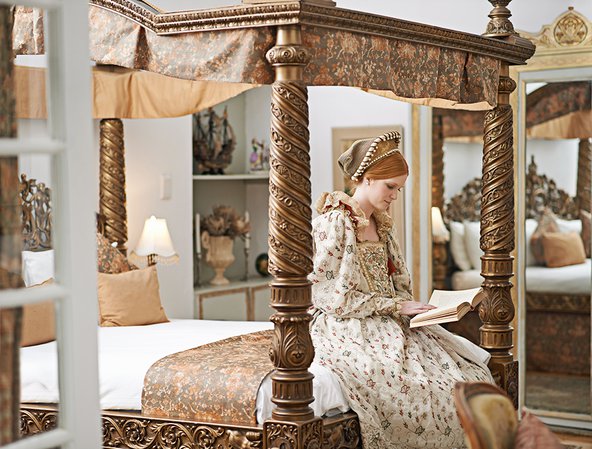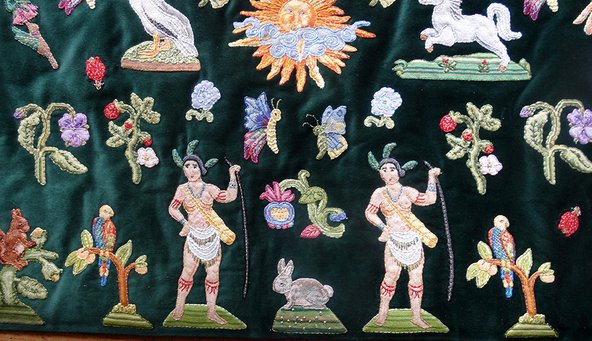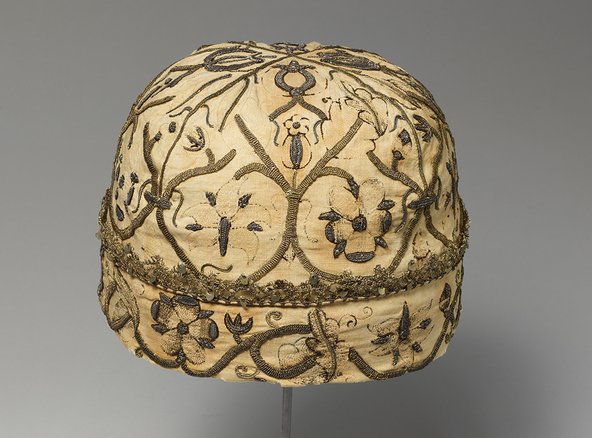Five tips for better sleep (from our ancestors)
by Professor Sasha Handley
21 May 2018
This blog is part of our Summer Showcase series, celebrating our free festival of ideas for curious minds.
Recently sleep, or more accurately the lack of sleep, has been making headlines. From LinkedIn explaining the importance of a good night’s sleep for your career, to BBC Panorama investigating the chronic sleep deprivation of British children, to the launch of apps that promise to improve your sleep by reducing blue light emissions from your mobile devices, sleep management is now a hot topic. Why?
A sleep-deprived nation
Well, as statistics show, the United Kingdom is one of the most sleep-deprived nations in Europe. According to research firm, Rand Europe, sleep loss costs the British economy around £40bn a year through lost productivity. Even more worryingly, British workers who sleep less than six hours a night are 13% more likely to die earlier than those getting between seven and nine hours. The picture looks equally bleak for the UK’s toddlers and teenagers. According to the Children’s Sleep Charity, sleep problems are costing the NHS unnecessary millions in needless GP and paediatrician appointments and prescriptions.

Learning from our ancestors’ approach to sleep management
A sustainable solution to the nation’s sleep problems surely lies in an overhaul of our sleep routines and environments. By looking at the sleep practices of our early modern ancestors, a period (ca.1450-1750) that has been branded by some as a ‘golden age’ of sleep quality, can we improve our approach to sleep management? For the men, women and children of this period, sleep was considered vital to bodily and spiritual health and they took great pains to create safe and comfortable spaces for sleep. Here are just a few tips about how to create the perfect early modern sleep aesthetic and secure a good night’s sleep into the bargain.
1. Get high
Sleeping in a safe, familiar and comfortable bed was just as important to early modern people as it is today. A bed and its textiles was the single biggest investment that a newly married couple made, and it usually accounted for about one-third of an average household’s assets.
The most sought-after beds were those that sat high off the ground. Requiring a set of steps to climb (quite literally) into your bed, was a sign of a household’s elevated status and wealth, and it served a practical function by protecting the bed’s occupant from the cold, damp floorboards. Elevating the head, as well as the bed, on a stack of pillows or bolsters was also strongly encouraged by medical practitioners of the day, since it was thought to promote healthy sleep and healthy digestion.
2. Soothe your sleepy eyes
Surrounding a wooden bedframe with curtains was commonplace in early modern households. Curtains helped to preserve precious heat, to keep out unwanted light, and to provide added privacy. But these decorative textiles also helped to ease people into the right frame of mind for a sound night’s sleep.

Calming naturalistic motifs of trees, plants and animals were frequently embroidered onto bed curtains and this was often the handiwork of the female householder who no doubt took extra pride in gazing on her work at bedtime. Religious motifs were featured regularly on coverlets, quilts and bed curtains and they may well have distracted tired minds from the trivial concerns of the day and promoted spiritual meditations at bedtime, which were crucial preparations for a good night’s sleep.
3. Stay cool
Early modern people believed that sleep was more easily induced by a cool bedchamber. A temperate sleeping environment also helped to promote pleasant thoughts at bedtime and to prevent premature waking during the night.
Doors and windows were left ajar and flowers and herbs were sprinkled near the walls, and between the bed-sheets, to sweeten the air. In John Gerard’s Herbal (1636) the distilled water of roses was noted to ‘bringeth sleep’ due to the plant’s cooling virtues and because the ‘roses themselves provoke [sleep] through their sweet and pleasant smell’. Chamomile, lavender, lettuce leaves and water lilies were also widely used to cool bodies and bedchambers.
4. Feel clean
Sleeping in the right bed-sheets was just as important in creating the right mind-set at bedtime as a bed’s height or decorative features. Top of most people’s wish-lists were good quality linen sheets that conferred feelings of cleanliness, comfort, and wholesomeness. Linen sheets, in shades of white and cream, were associated with purity and cleanliness in early modern culture and were believed to protect the body from bedbugs, disease or even diabolical forces, as well as regulating body temperature.

Similar feelings were also conjured by linen night-caps that protected the brain from extremes of climate and from the attacks of bed-bugs. It was common for people to take their own bed-sheets and night-caps with them when they travelled. This reduced the risk of sleeping beneath unclean sheets and it promoted familiar scents and sensations at bedtime, which helped to offset the feelings of vulnerability that were associated with sleeping in alien environments.
5. Don’t point your feet at the door
Early modern people thought very carefully about the location of their beds. Ideally, bedchambers should be located on the upper floors of the household to benefit from the purer air, and they should face east so that the early morning light could wake people up. This health-giving light was also thought to chase away the poisonous night air more quickly.
Healthcare writer Thomas Tryon encouraged his readers to place beds ‘in the most Airie Places of your Rooms’ rather than in dark, damp corners. Space constraints of course determined the bed’s precise location but many people took care to prevent the sleeper’s feet from pointing towards the chamber door. This was described as a ‘funeral superstition’ because it was the position in which corpses were laid out before being carried from the house for burial.
Householders in Shropshire, Somerset, Wiltshire, Devon and Cornwall were also vigilant not to locate the bed across the natural line of the floorboards or beneath a crossbeam in the ceiling, since this was believed to herald the early death of a sleeper, or to invite the Devil to take hold of them during the night.
Professor Sasha Handley specialises in Early Modern History at the University of Manchester and is a British Academy Mid-Career Fellow.



